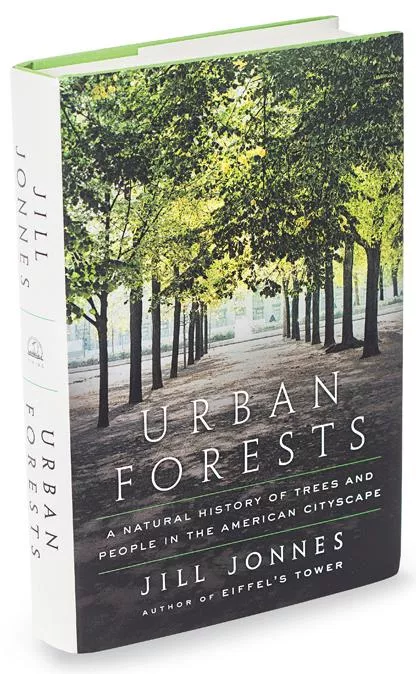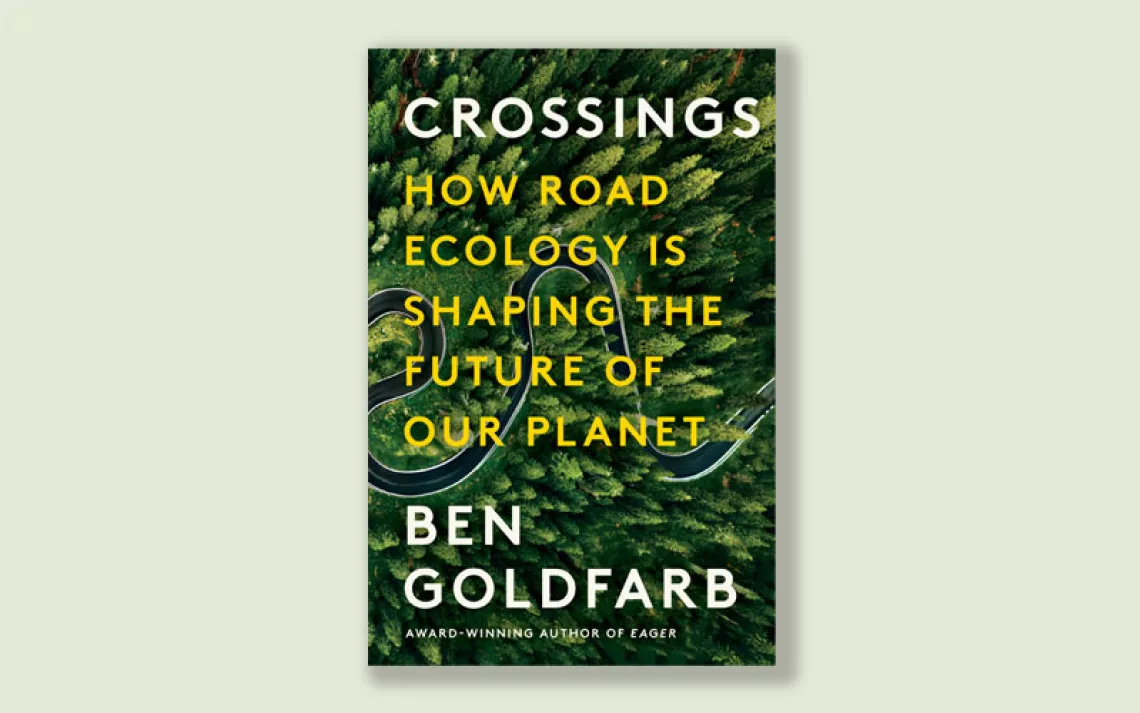The Politics of Trees
A lyrical history of U.S. urban forests

Even if you can't tell a fir from a pine, you probably judge the quality of your surroundings by its trees. For city residents, trees are perhaps the most accessible form of the natural world—but that wasn't always the case. In Urban Forests: A Natural History of Trees and People in the American Cityscape (Viking, 2016), Jill Jonnes shows that the boughs over our streets and the leaves lining our parkways are the product of colorful personalities, intersecting politics, and natural history.
William Hamilton, a 19th-century Philadelphia landowner, imported two trees that are now ubiquitous in U.S. cities: the gingko and the tree of heaven. The latter was planted in New York City as an insect-repelling alternative to native species. It fell out of fashion quickly—Jonnes quotes a horticulturalist complaining about the smell—but its invasive toughness and easily dispersed seeds have made it a weedy mainstay of vacant lots and fallow fields across the country.
Jonnes traces the history of America's urban trees over two centuries—they were once viewed as an economic commodity, but people later invested personal and patriotic meaning in individual trees and in the act of planting. She highlights Washington, D.C., as a prime example. In the city's early days, plans for grand tree-lined avenues and parks were hampered by locals who cut down the best specimens for firewood and lumber. After the Civil War, in a spirit of renewed patriotism, there was a push to plant thousands of trees. The capital's trees became a point of national pride, eliminating the swampy, malarial conditions for which the city was once known.
Urban Forests goes beyond trees, exploring a nation's changing relationship with the whole natural world.
 The Magazine of The Sierra Club
The Magazine of The Sierra Club







